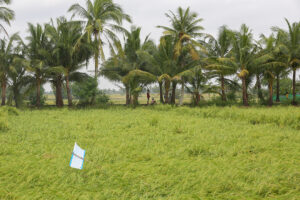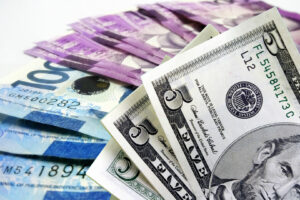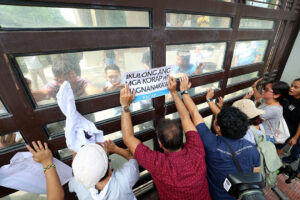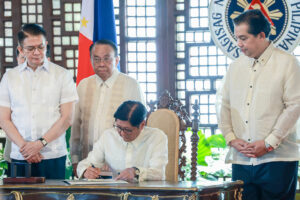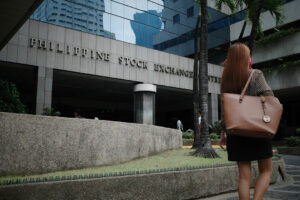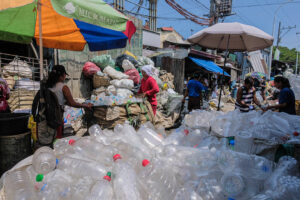The Department of Finance (DoF) wants the 20th Congress to prioritize several tax measures to help support the government’s fiscal consolidation effort, a Finance official said on Wednesday.
The government is considering a domestic top-up tax for multinational companies in the Philippines and an excise tax on single-use plastics, alongside general tax and estate tax amnesties, Finance Undersecretary Karlo Fermin S. Adriano said.
These measures could help bolster efforts to cut down government debt and sustain economic growth via state spending amid global uncertainties, shifting trade relations and geopolitical conflicts, he added.
“Right now, our debt-to-GDP (gross domestic product) ratio is still around 61-62%, and we want to have a fiscal buffer if there will be a crisis,” Mr. Adriano told lawmakers at a hearing at the House of Representatives. “We want to do fiscal consolidation at the moment, and at the same time we want to spend more at the moment given global uncertainties.”
The government is hard-pressed to tap new revenue streams as mounting public debt adds strain to already limited fiscal space.
As of end June, the debt-to-GDP ratio rose to 63.1%, its highest level since 2005. The figure remains above the 60% threshold that multilateral lenders view as manageable for developing economies.
The DoF is pushing for an excise tax on single-use plastics as a way to reduce the use of plastic as the Philippines is among the top contributors of plastic pollution in waterbodies globally, said Mr. Adriano.
The proposal was one of the 28 priority bills identified by the Legislative-Executive Development Advisory Council in the 19th Congress. While it was approved by the House on third reading in 2022, the measure never made it out of the Senate Ways and Means Committee.
The DoF is looking at levying a PHP 150-per-kilogram tax on single-use plastics with an annual 4% increase, Mr. Adriano said.
“Previously, it only covered single-use plastic bags, like semi-transparent plastics and sando bags. Now, we’re considering to expand the coverage,” he said.
Implementing an excise tax on single-use plastics could net the government an average of PHP 11.59 billion in revenue annually over the first five years of implementation, said Mr. Adriano, with a portion of the collections being used to fund waste management programs.
Global minimum tax
The DoF official said they are also looking at pushing for a 15% domestic top-up tax for multinationals with a global revenue exceeding 750 million euros in two of the four preceding fiscal years.
The Philippines is a party to the Base Erosion and Profit Shifting program by the Organisation for Economic Co-operation and Development, a global initiative that seeks to crack down on tax avoidance by multinational companies. Signed by more than 100 nations, it included a proposal to introduce a 15% global minimum tax (GMT) rate.
Mr. Adriano said the absence of a GMT framework has cost the Philippines an estimated P162.9 billion in annual revenues since it was globally implemented in 2021.
“If we do not have a legislated domestic top-up tax here… we will not be able to collect it. But if another jurisdiction has that domestic top-up tax, they (multinationals) will pay it in another jurisdiction,” he said.
Most multinationals operating in the Philippines are Japanese companies, followed by those from the US, UK, Germany and France, according to a DoF presentation to lawmakers.
The tax proposals are a “step in the right direction” but are ill-timed due to challenges in economic growth and inflation risks, said Jonathan L. Ravelas, a senior adviser at Reyes Tacandong & Co.
“The excise tax on single-use plastics and the domestic top-up tax align with global standards and can boost revenue while promoting sustainability. But effectiveness hinges on swift implementation and strong enforcement,” he said in a Viber message.
Tax amnesty
The Finance department is also proposing a general tax amnesty for outstanding income, withholding, capital gains, and other percentage taxes, with rates set at 2% of a taxpayer’s total assets as of December 2024 or 5% of total net worth, whichever is higher.
Lawmakers in the House and Senate are pushing for a general tax amnesty that will impose a 2% amnesty tax rate dependent on the total assets of taxpayers up to 2024.
Corporate rates would be based on subscribed capital, ranging from 5% or a fixed amount between P100,000 and P1 million under the tax amnesty proposal, DoF Director Euvimil Nina R. Asuncion said.
“There will be no Bureau of Internal Revenue (BIR) examination of books for amnesty-covered years,” she said at the same hearing, adding that those who will avail of the program would be immune from civil, criminal and administrative penalties.
Ms. Asuncion said taxpayers who avail themselves of the proposed general tax amnesty within the first three months of its implementation will receive a 20% discount. The discount would drop to 15% from the third to sixth month of implementation, and to 10% in the sixth and ninth month of implementation.
“Excluded from the general tax amnesty are those taxpayers with pending court cases related to those under the Presidential Commission on Good Government’s jurisdiction, anti-graft and money laundering and tax evasion,” Ms. Asuncion said.
The government is also keen on pushing an estate tax amnesty, after it expired in June, she added. “We want to extend this up to June 30, 2028.”
Ms. Asuncion said the estate tax amnesty would cover estates with unpaid taxes as of May 2024.
“The rate will remain at 6% and it will cover estates of descendants with the date of death on or before May 31, 2024,” she said.
The government collected PHP 1.36 billion from 42,373 taxpayers under the estate tax amnesty in 2022, PHP 1.89 billion from 51,400 taxpayers in 2023, and P2.66 billion from 56,901 taxpayers in 2024, a copy of BIR’s presentation to lawmakers obtained by BusinessWorld showed.
About PHP 4.18 billion from 92,066 taxpayers were collected in the first seven months of 2025.
VAT cut
Meanwhile, DoF’s Mr. Adriano said a House proposal to cut the value-added tax (VAT) rate to 10% from the current 12% could widen the budget deficit if enacted.
Batangas Rep. Leandro Antonio L. Leviste filed House Bill (HB) No. 4302 on Tuesday seeking to lower the VAT rate, arguing the current tax system is “regressive” and should be reduced to make taxation more progressive.
“That will have an impact. A big one,” Mr. Adriano told BusinessWorld in Filipino. “It could cost several billions, assuming there will be no new other [taxes] to offset losses.”
The BIR collected PHP 467 billion in VAT during the first seven months of the year, nearing the government’s PHP 473-billion full-year target, according to its presentation to lawmakers.
“The assumption is that VAT is regressive. But we’d like to point out that it can be progressive if exemptions are in place — which we already have,” Mr. Adriano said. “For example, food and agricultural products are exempt from VAT, and these account for about 40-50% of spending by the poorest households.”
HB No. 4302 also seeks to empower the government to return the VAT rate back to 12% for a year if the projected deficit is expected to exceed the programmed deficit.
Mr. Leviste, a former businessman, told reporters on Wednesday that he will push for a “wealth” tax to offset possible revenue losses.
“We want it to be a revenue-neutral bill, replacing a portion of the value-added tax with a more progressive wealth tax,” he said. “Instead of collecting… from the poor, we can collect those revenues from the wealthiest Filipinos.”
Mr. Leviste divested his stake in SP New Energy Corp. (SPNEC) before becoming a lawmaker. He sold around 16.44 billion SPNEC shares for PHP 20.49 billion. — Kenneth Christiane L. Basilio, Reporter






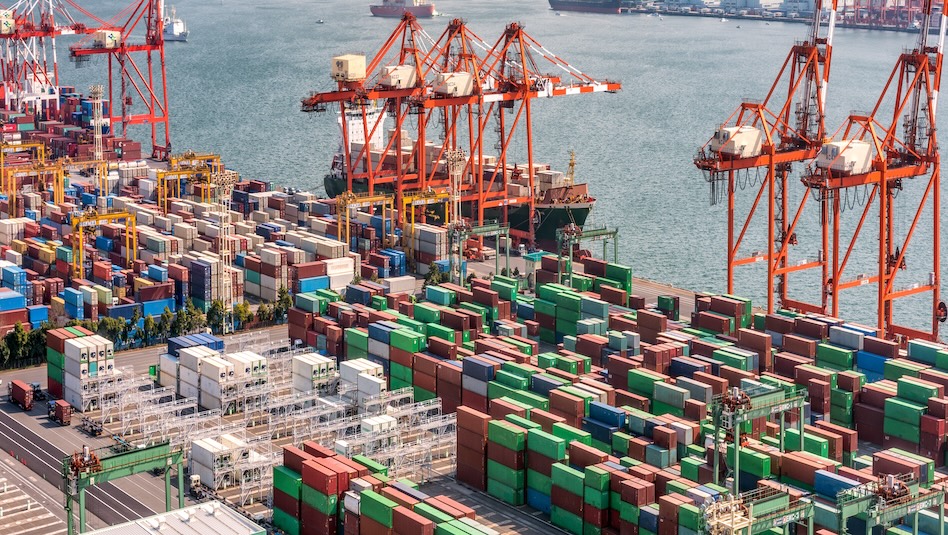
 DOWNLOAD
DOWNLOAD




